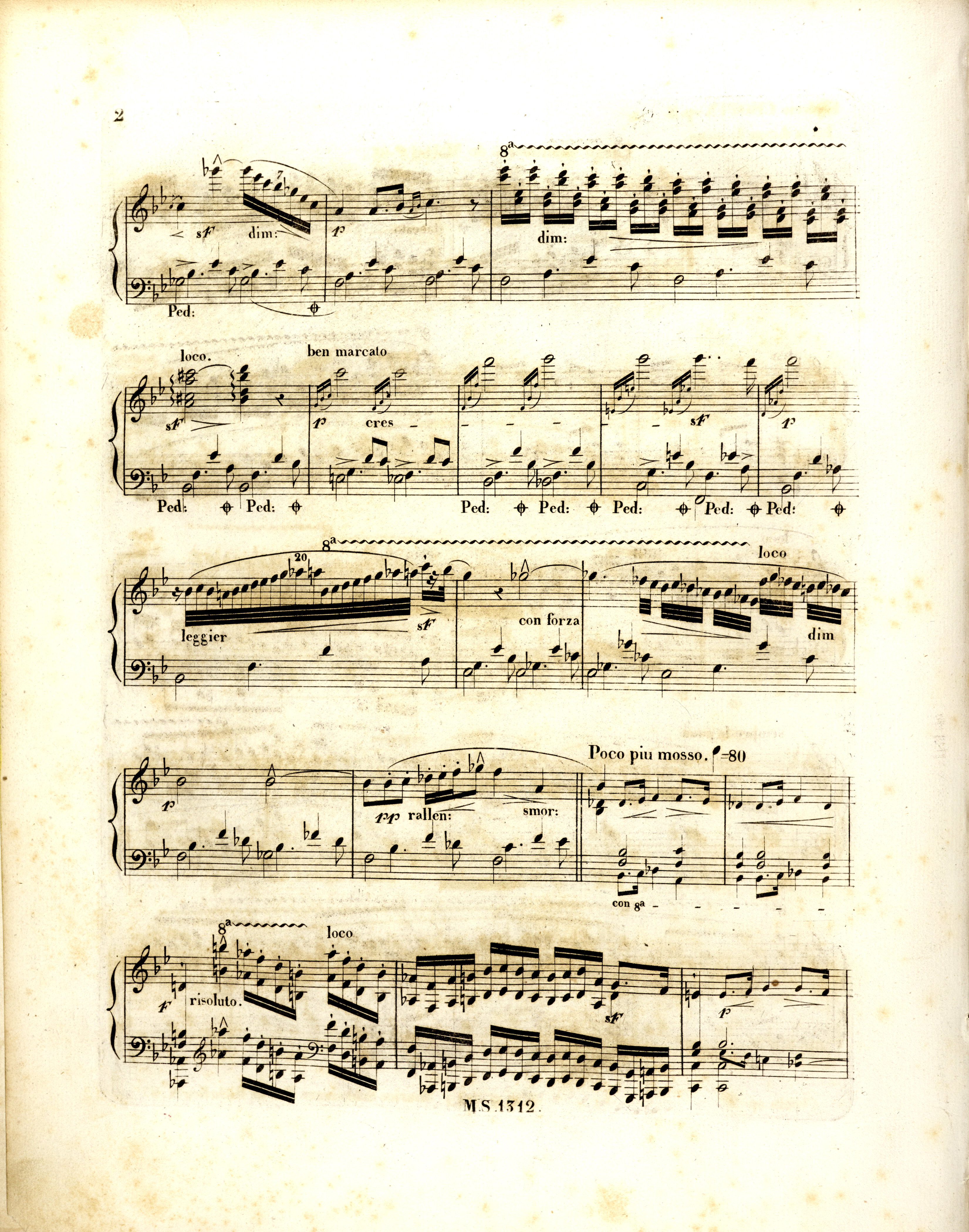



Repeating or holding the topmost notes of the motifs is questionable both here and in analogous b. 41 and 42. Ties to those notes are present in both pairs of bars in AsI (in the piano part) and in all sources of the orchestral part (in flutes and clarinets). In A ties are in b. 37-38 but not in b. 41-42. In GE (→FE,EE) none of those bars include ties. Therefore, there are two explanations for the state of the sources, presented above in a broader perspective:
- Chopin was consciously departing from the idea of holding these notes considering, e.g. the harmonic accent on the 4th crotchet of the discussed bars. Repetition seems to be more pianistic in this lively and rhythmic phrase – after all, woodwind instruments can, e.g. accentuate a note that has already been played without repeating it, whereas the piano cannot.
- the missing ties resulted from distraction – first of Chopin himself in A (b. 41-42) and then of the engraver of GE1 (b. 37-38).
In the main text we include the version with repeated notes in both pairs of bars; however, we consider the ties to be an equivalent variant.
Compare the passage in the sources »
category imprint: Differences between sources
issues: Errors in GE, Authentic corrections of GE
notation: Rhythm

